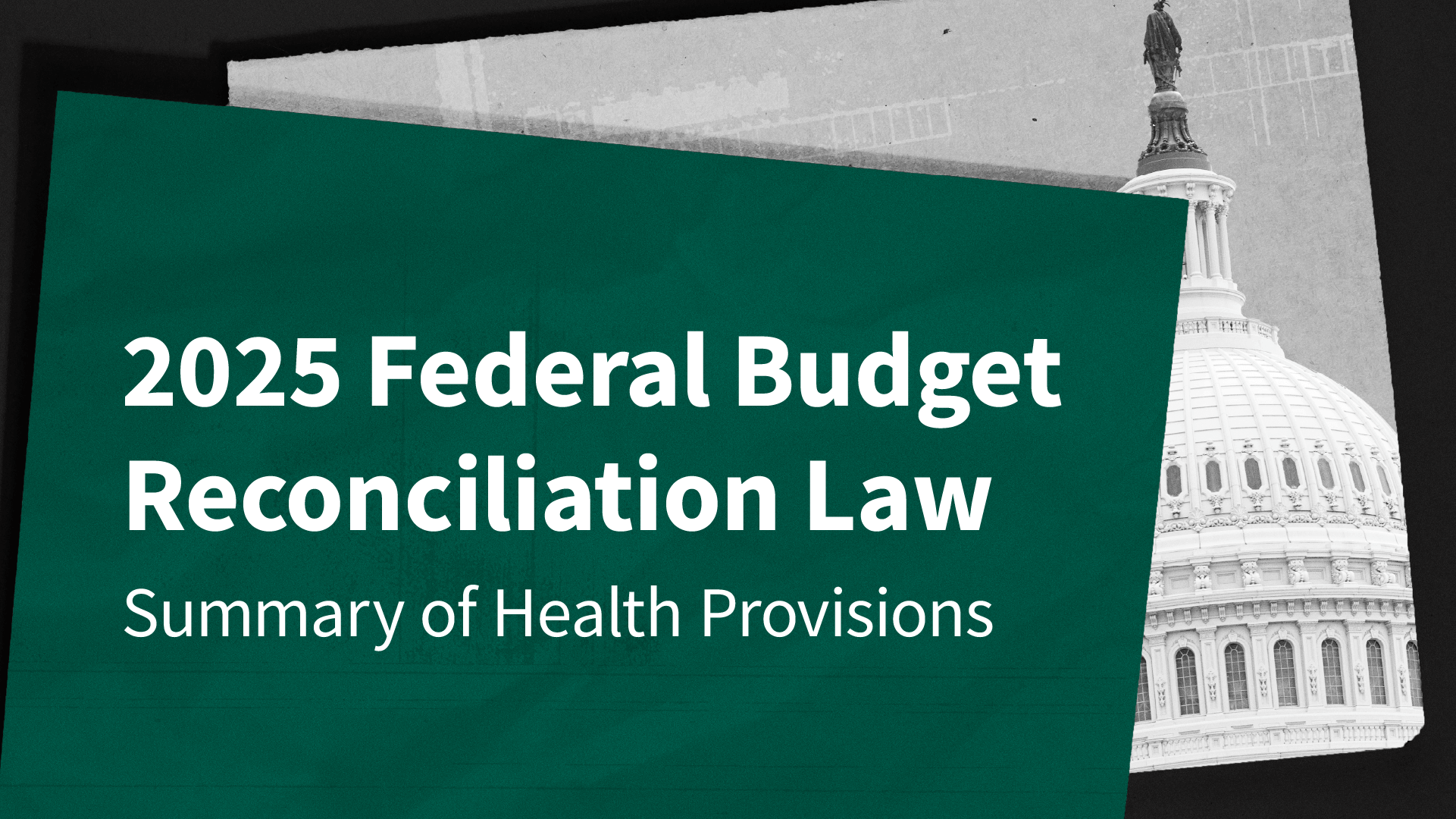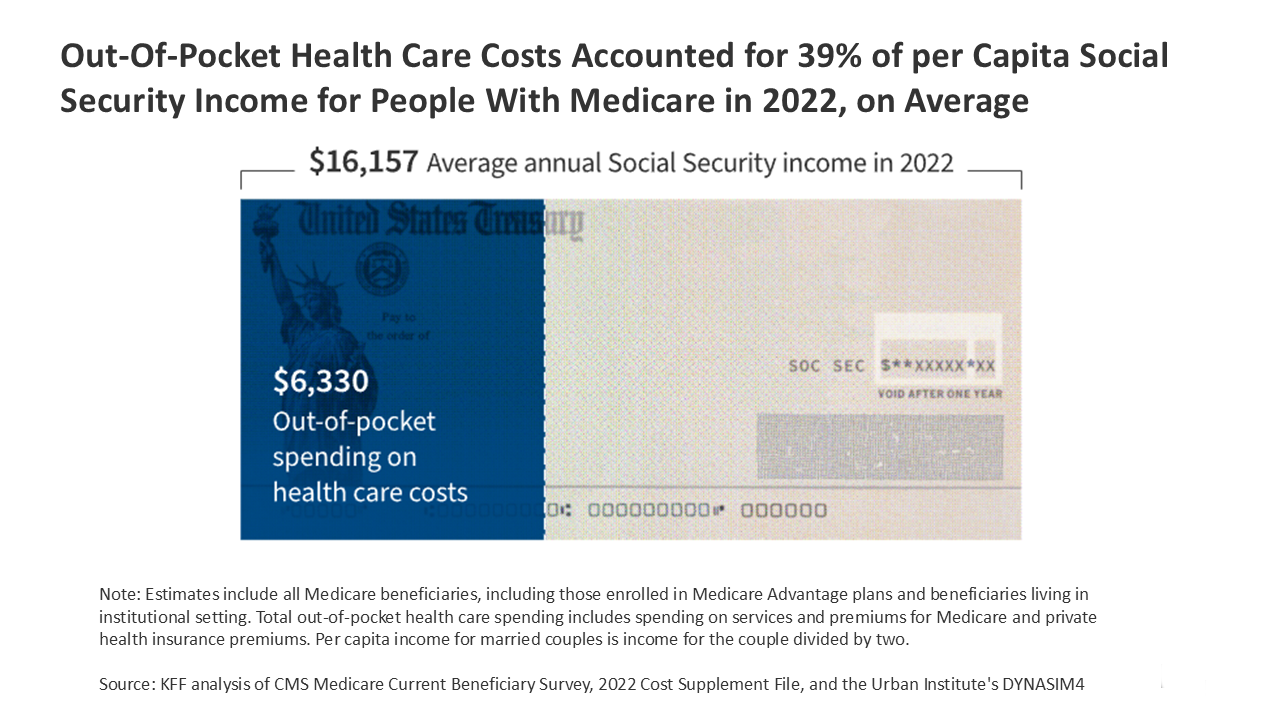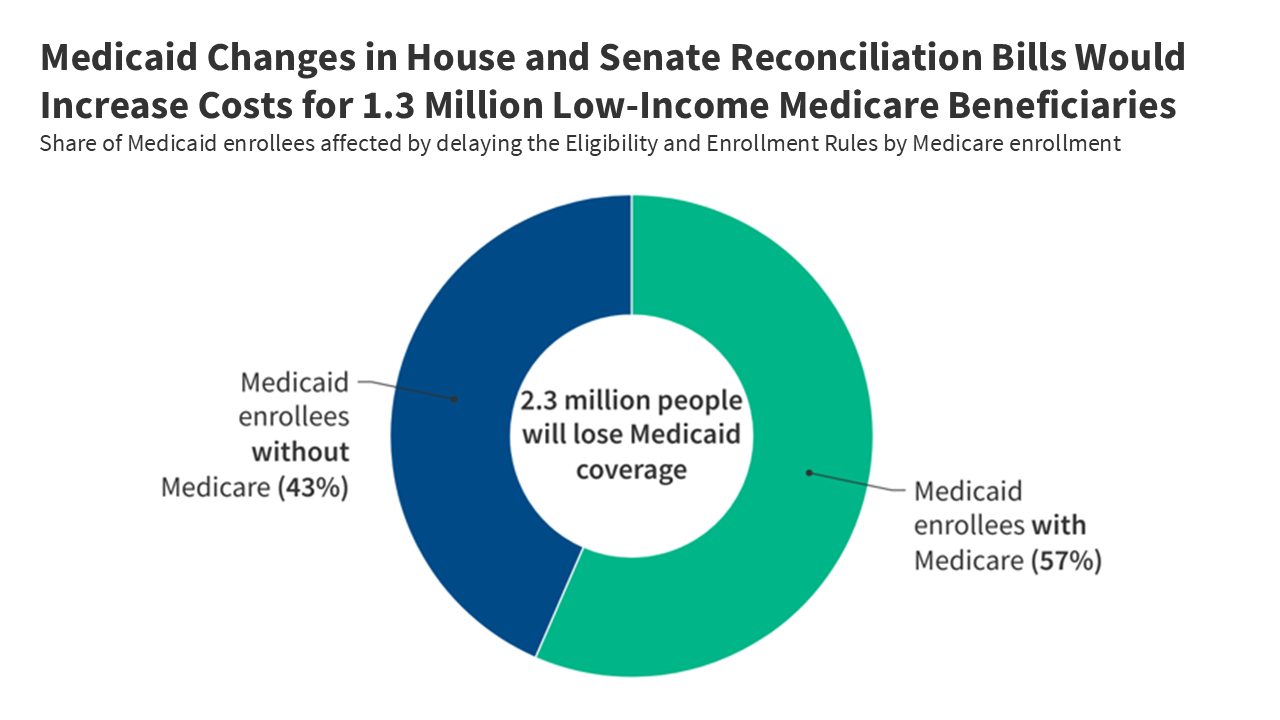The Role of Medicare Advantage
The Role of Medicare Advantage – Slideshow Download View JAMA Infographic…
The independent source for health policy research, polling, and news.




This interactive provides the facts on Medicare spending. Medicare, which serves 67 million people and accounts for 12 percent of the federal budget and 21 percent of national health spending, is often the focus of discussions about health expenditures, health care affordability and the sustainability of federal health programs.
Explore data on enrollment growth, Medicare spending trends overall and per person, growth in Medicare spending relative to private insurance, spending on benefits and Medicare Advantage, Part A trust fund solvency challenges, and growth in out-of-pocket spending by beneficiaries.
Related: FAQs on Medicare Financing and Trust Fund Solvency
Read MoreChoose which emails are best for you.
Sign up here